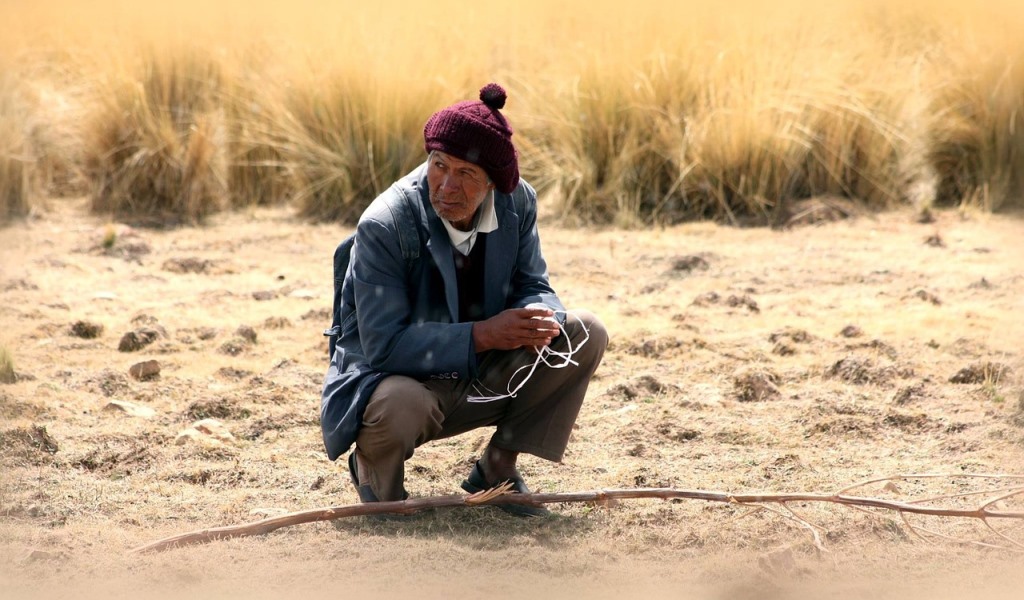Latin America is a continent of contrasts. On the one hand, Latin America’s largest agricultural exporters (e.g. Brazil, Chile and Argentina) count numerous export-oriented commercial farms. These operations are usually monocultures that rely on synthetic inputs and heavy machinery.
On the other side of the spectrum, small-scale subsistence farming is characteristic of the entire region. It is intimately linked to agroecology, which emerged largely through social movements of small farmers protesting against the disastrous “Green Revolution” during the 1960’s and 1970’s.
In the report you will find descriptions/background of the problems/opportunities followed a list innovators in the field of Livestock, Agroforestry, Broad-acre annual cropping, Funding for Regenerative Agriculture (RA) and Regenerative Agriculture Networks.
Under each of the enhancing or inhibiting factors section, there is a detailed list of innovators in the field who either take advantage of the enhancing factor or are providing a solution to the inhibiting factor. In this way, Mustardseed Trust and other interested parties can hone in on the areas where they feel they want to work with and find the leaders in that field.
The researchers emphasize that early RA adopters are essential, as are the networks in spreading the good practice. Many of the actors within the report are at the early stages of scaling up: but Massi and Michael state that government support and changes in the market for carbon, water and biodiversity markets- based on official prices for the ecosystem services provided are required for real, life-changing scaling up to happen.
They identified a crucial role for funders such as Mustardseed Trust in starting conversations with those actors involved at the ‘nodal points’. It is vital that whilst retaining its integrity, RA should be multi-scalar and multi-sectorial. It should engage all types of farms, from the micro- to the large-scale and interact with as many target groups as possible. The development of blueprints and the sharing of best practices is crucial to providing proof of concept examples to onboard large-scale producers, funders and policymakers.
Photo of farmer in Bolivia is by Albert Chavez from Pixabay.

